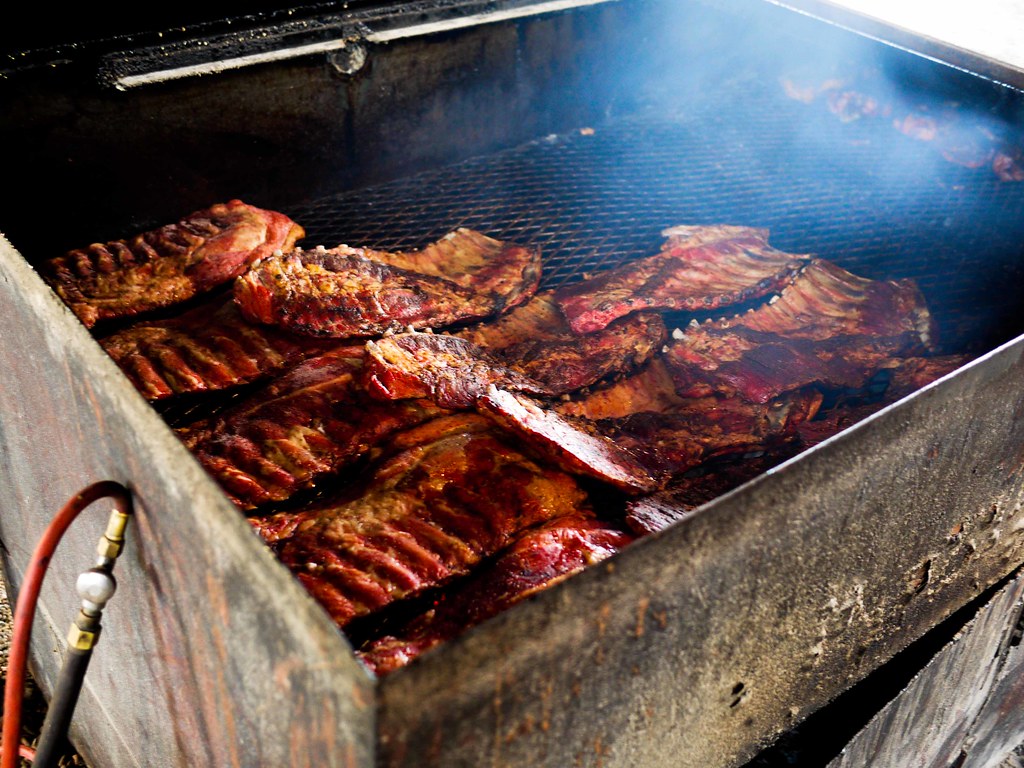The Sacred Smoke Rings of Texas
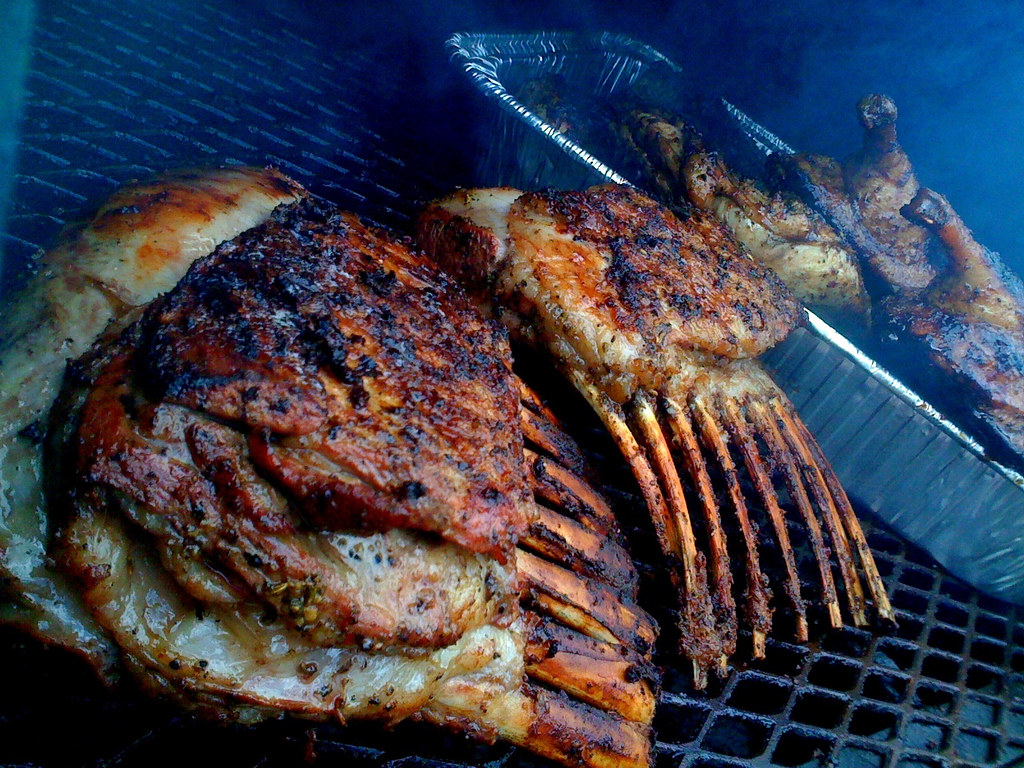
Step into any Texas barbecue joint and you’ll witness something that borders on the spiritual. The smoke isn’t just flavor – it’s a form of worship that’s been perfected over generations. The quality of the brisket is reminiscent of what you might find in bigger cities, but here in Texas, it transcends mere food and becomes something deeper.
The ritual starts before dawn when pitmasters fire up their oak-fueled altars. Each piece of meat gets the kind of attention usually reserved for prayer, with temperatures monitored like sacred texts and timing that’s been passed down like family heirlooms. I still stand with my original post that the smoke ring is a must if you’re going to enjoy truly great Texas barbecue.
Numbers Don’t Lie About the Holy Land
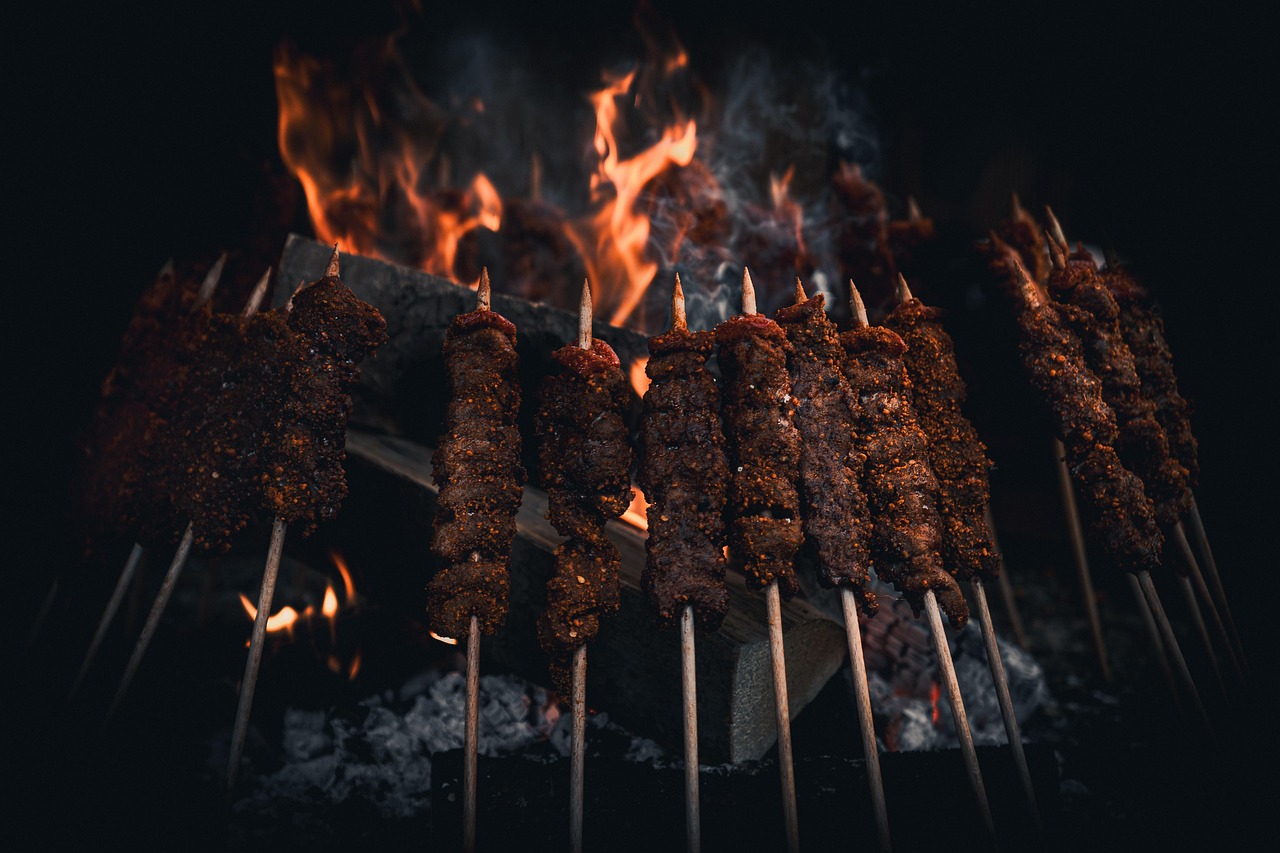
According to the article, the team visited 319 barbecue joints just to create Texas Monthly’s latest ranking – and that’s only scratching the surface. With Texas’s population hitting 31.29 million, a 1.83% increase year-by-year from 2023, there are more mouths than ever demanding their daily bread…and brisket.
The barbecue restaurant industry alone generated revenue of $4.9 billion over the last five years, including a rise of 2.9% in 2024 alone. That’s not just dinner money – that’s testament to America’s obsession with what Texas does best. There are 15,450 businesses in the Barbecue Restaurants in the US industry, but Texas claims the crown with an intensity that would make other states weep into their inferior pulled pork.
Austin Still Wears the Crown
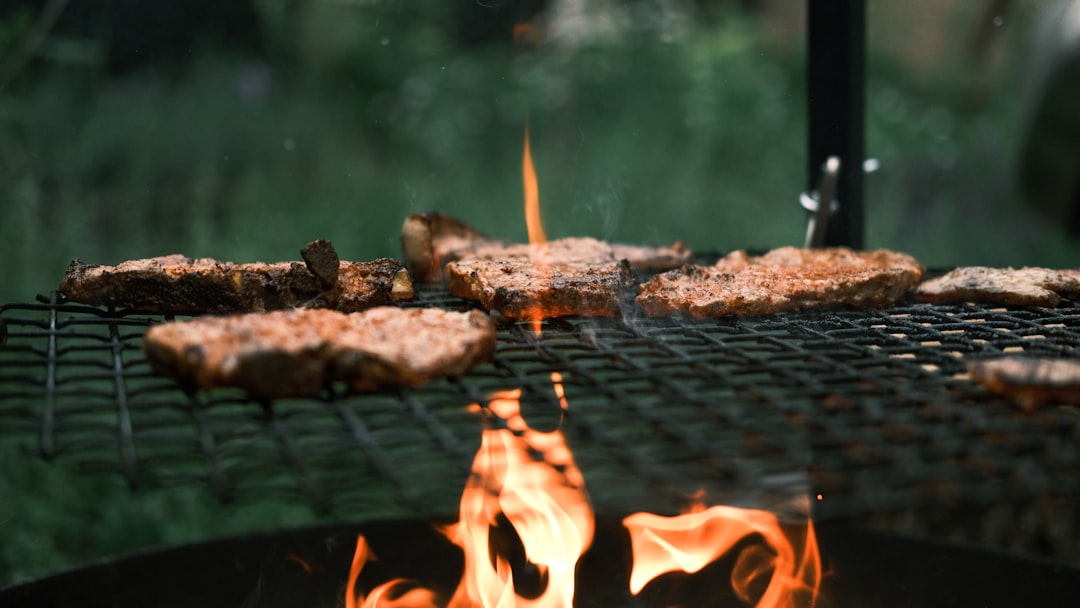
Austin is still the king of barbecue across Texas, with eight of its restaurants and mobile trucks on Texas Monthly’s 2025 Top 50 BBQ list. This isn’t some accident or marketing scheme – it’s earned through sweat, smoke, and an almost religious dedication to the craft. The competition has gotten so fierce that former number one spots like Franklin Barbecue now face challenges from newcomers who’ve raised the bar impossibly high.
Even now, after many years, Franklin Barbecue and La Barbecue can assure a strong showing to visitors. Briscuits and KG BBQ have brought new energy to the scene, as KG BBQ mixes Egyptian seasoning with Texan cuisine. It’s like watching evolution happen in real time, but with more salt and significantly better aromas.
The Forty Dollar Question
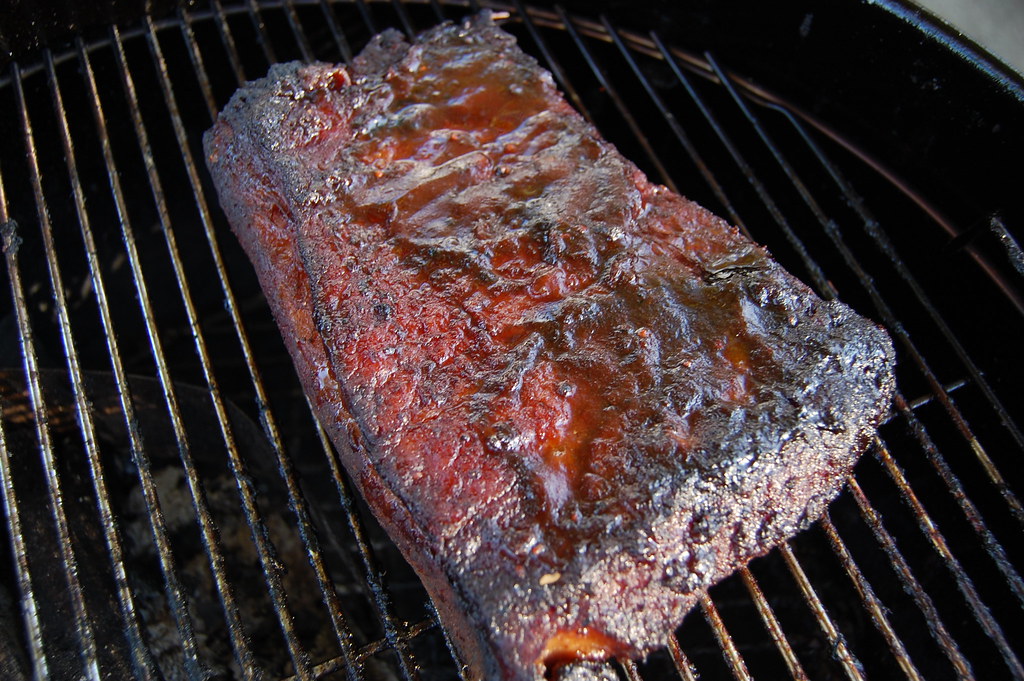
Here’s where things get absolutely wild – and I mean that in the best possible way. If Texans are willing to pay up to $40 a pound for it—and many are—then it’s safe to say brisket isn’t going anywhere anytime soon. Forty dollars. Per pound. For brisket.
Think about that for a second. People are paying luxury steak prices for what was once considered a throwaway cut. The explosion of, and growing fame of, amazing craft BBQ coming of out Texas means I can rarely afford brisket at the grocery store in Idaho. When your barbecue is so good it affects grocery prices in other states, you’ve officially transcended food and entered legend territory.
The Holy Trinity Gets Elevated
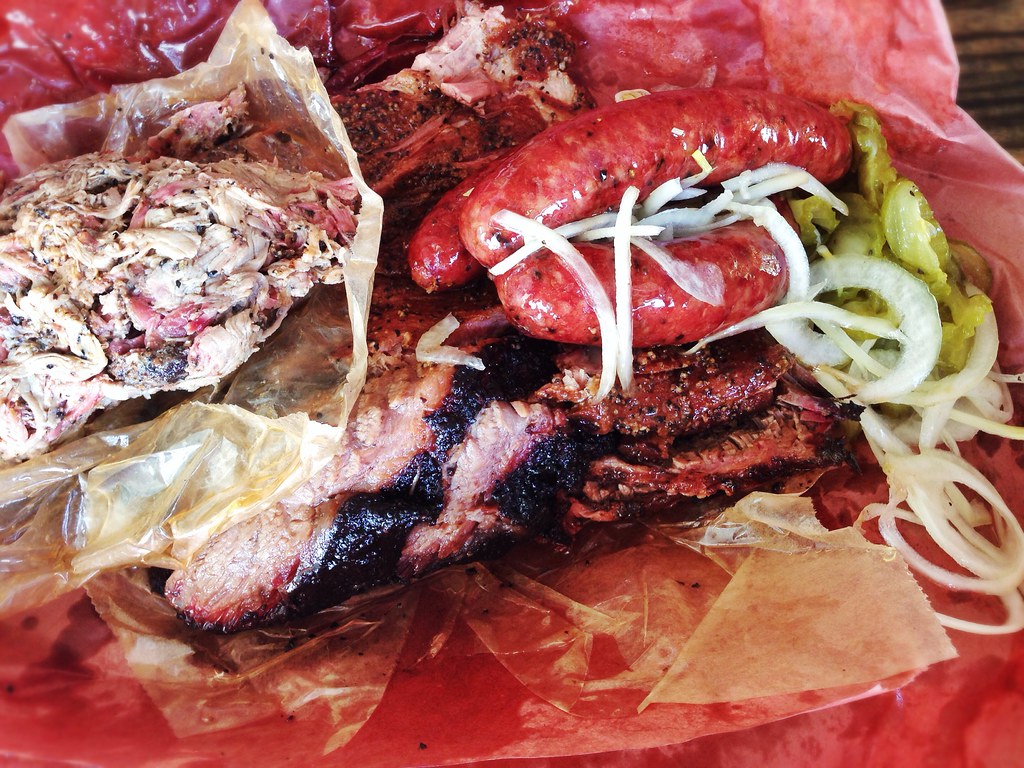
When I’m going out searching, I am looking primarily at the meats, the Texas trinity: the sliced brisket, the ribs and the sausage. But here’s what’s fascinating – the game has changed completely. First-rate brisket, once a rarity that required a lengthy search, has become commonplace. Sausage, which even some of the best joints once outsourced, is now made—and made well—at most places of note.
What was once just about meat and bread has exploded into culinary artistry. Restaurants are now focusing on making aged favorites, international dishes, and improving their side dishes. You’ll find house-made pickles, fresh options for tortillas, seasonal desserts, and choices for vegetarian guests in the best restaurants now. At the same time, the essentials remain sacred: bark-covered brisket, juicy ribs, and snappy sausage.
The Burnt Bean Revolution
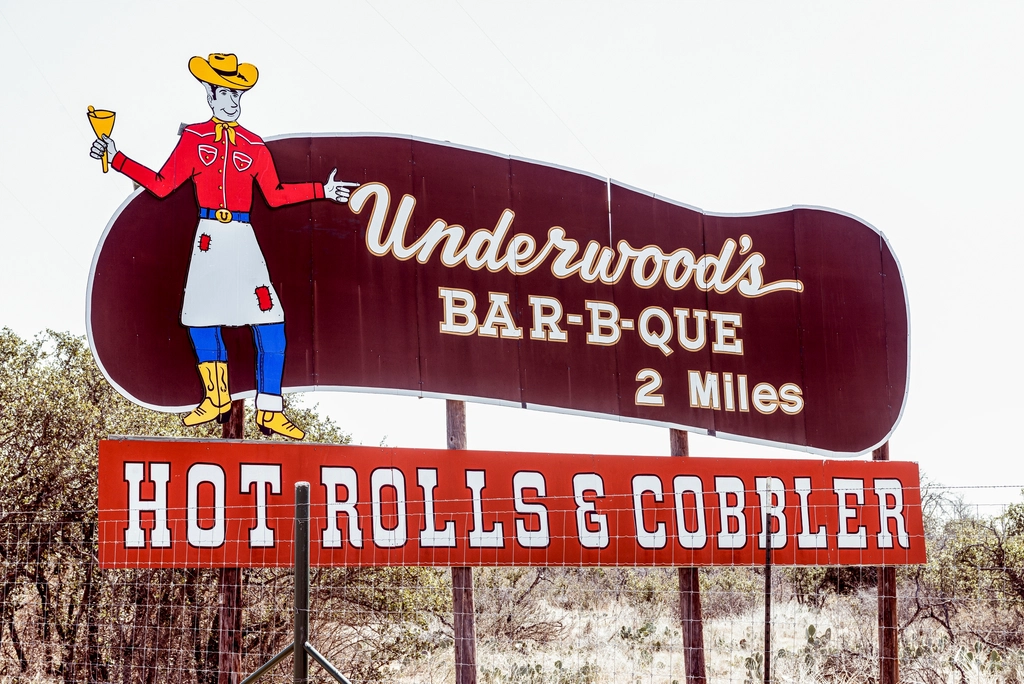
At the top of the 2025 list is Burnt Bean Co. in Seguin. This simple place has become famous for its amazing meats and interesting food offerings. What makes them special isn’t just the smoking technique – it’s the philosophy. They find ways to elevate every menu item, from often-overlooked sides to desserts. In the central square of Seguin, they’ve raised the bar on what you can and should expect from a Texas barbecue restaurant experience.
This isn’t your grandfather’s barbecue joint where you grabbed meat on white bread and called it a day. These places are treating barbecue like fine dining, and somehow making it work without losing the soul that makes Texas barbecue special in the first place.
The German Immigrant Connection
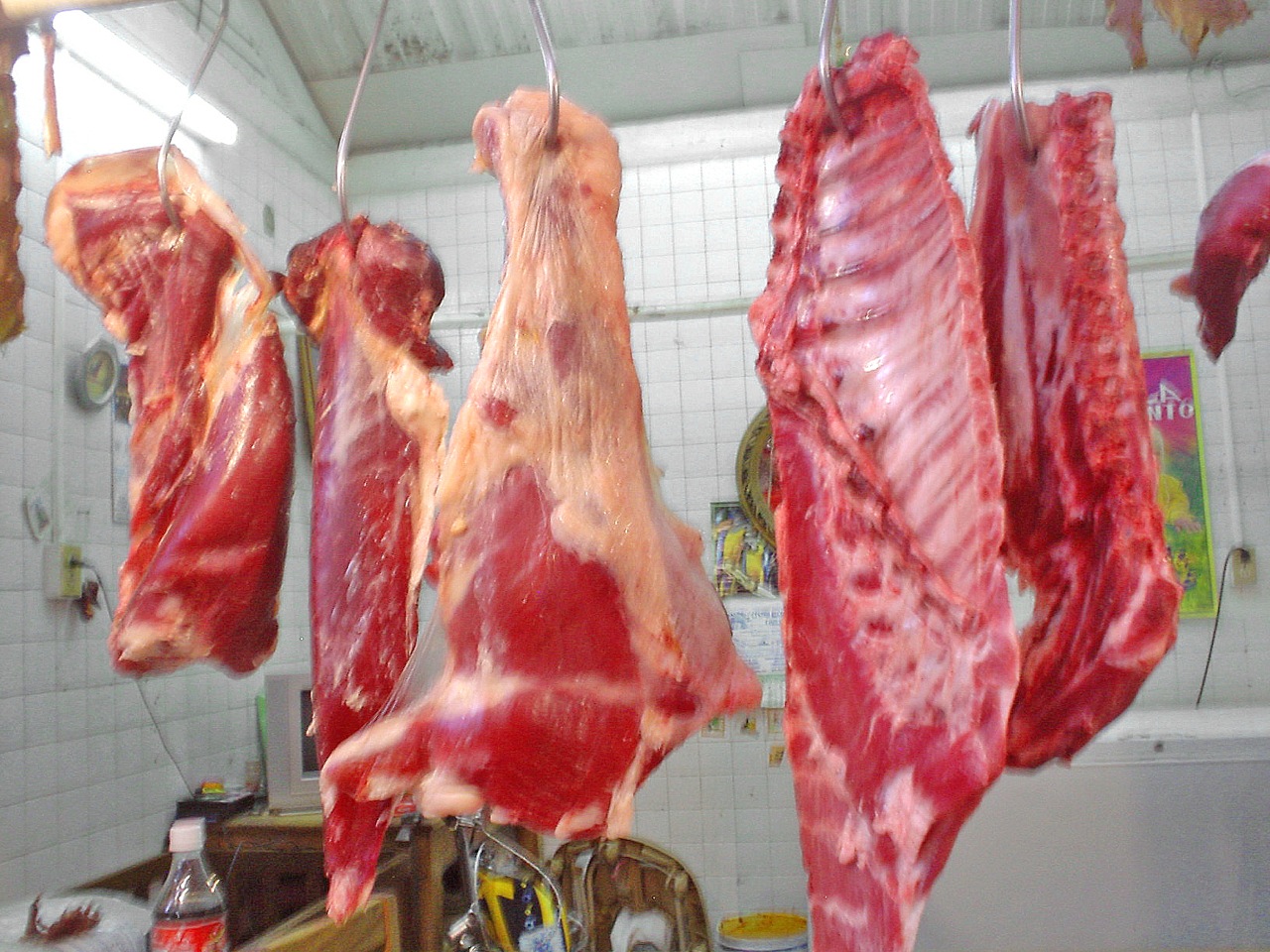
Here’s a history lesson that’ll blow your mind about how brisket became king. In the early 1900s, a lot of German and Czech immigrants coming to Central Texas, and they brought butcher shops. And they brought these little grocery stores, and they would butcher cows in the back. So at the end of the week in these little markets, they would have to either cook the meat, or it would spoil. So that’s where barbecue comes in.
And it certainly wasn’t brisket at that point. It was whatever didn’t sell in that market needed to get barbecued, and it needed to get smoked. The cut that nobody wanted became the star of the show through necessity, innovation, and generations of perfecting the craft.
Competition Gets Fierce
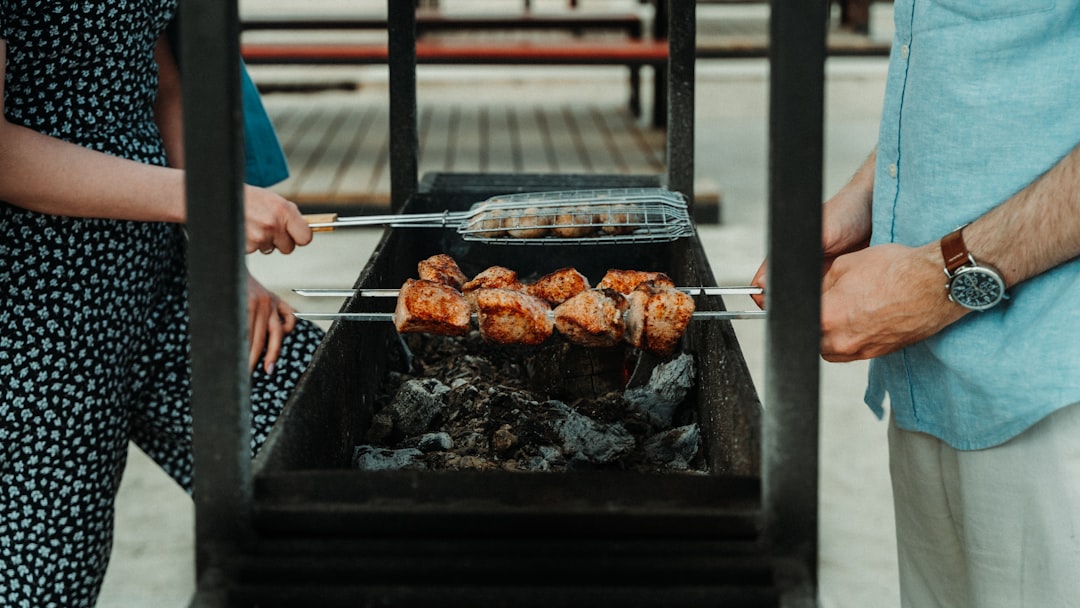
The level of competition has reached absolutely insane heights. This past January, though, when I opened my Top 50 spreadsheet, I found myself staring at 120 solid contenders. One hundred and twenty! This was, as they say, shocking but not surprising. That means roughly two and a half quality barbecue joints for every spot on the top fifty list.
It’s also possible that a Franklin that’s just as good as ever has a lot more competition now. Totally agree, other places are cooking briskets where splitting the difference comes down to personal preference. Couple that with more meats, elevated sides and fresh baked bread it’s crazy how far barbecue has come.
The Old Pits Tell Stories
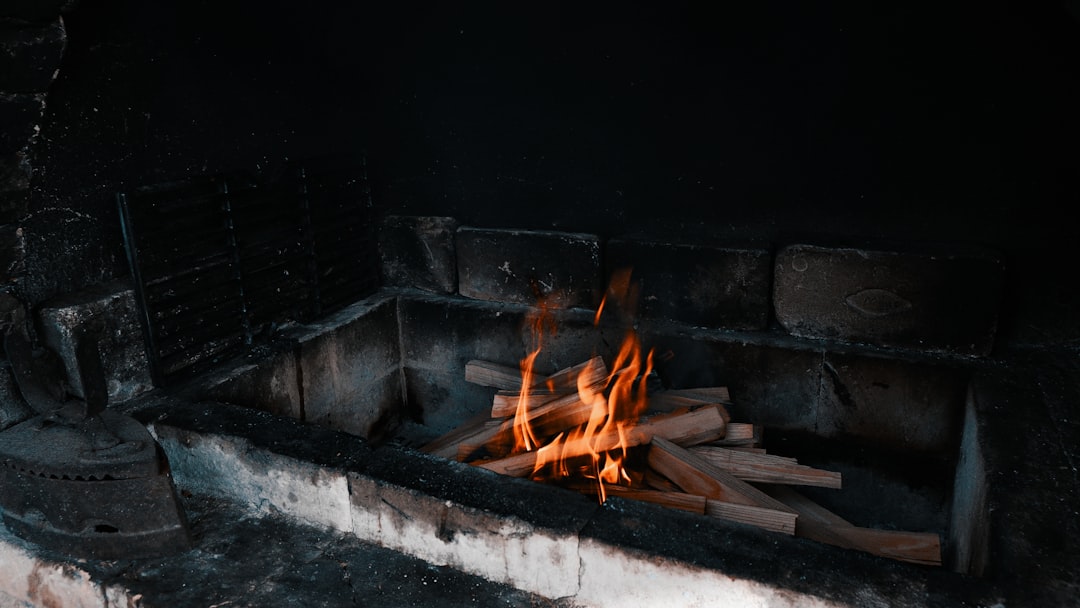
Walk into some of these legendary joints and you’re looking at equipment that’s older than your grandparents. I compare their pits to a well-seasoned cast iron skillet – the older the pit the better the barbecue. Working the 100+ year-old pit at Smitty’s BBQ in Lockhart. Choose your meat at Cooper’s BBQ in Llano off their 60+ year-old pit. The Salt Lick BBQ pit in Driftwood is more than 50 years old. Smoking sausage on the pit at City Market in Gonzales since 1959.
These aren’t just cooking devices – they’re historical artifacts that have been seasoned by decades of smoke, grease, and the dreams of pitmasters who understood that patience and wood fire create something close to magic.
Where Cultures Collide
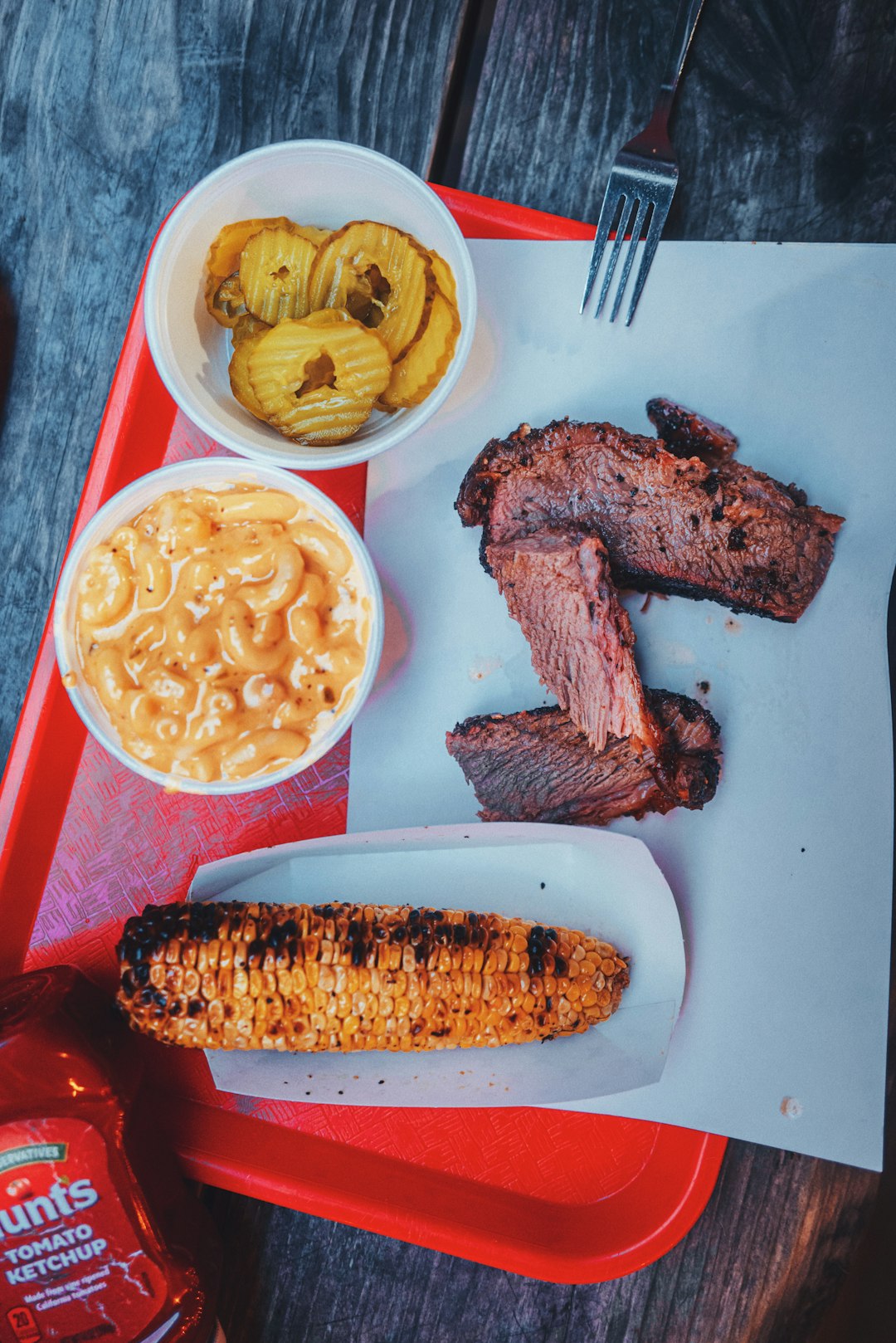
Modern Texas barbecue isn’t afraid to get adventurous while respecting tradition. While they’ve stayed true to a traditional Texas barbecue style, many of today’s top pitmasters are blending in cultural influences and experimenting with new ingredients. La Barbecue earned a Michelin star in 2024, KG BBQ incorporates Egyptian influences, and Briscuits marries brisket with biscuits to significant effect.
This cultural fusion isn’t diluting Texas barbecue – it’s proving that the foundation is so solid that it can support innovation without losing its identity. When you’ve got techniques perfected over more than a century, you can afford to experiment with flavors from around the world.
The Religion Comparison Isn’t Hyperbole
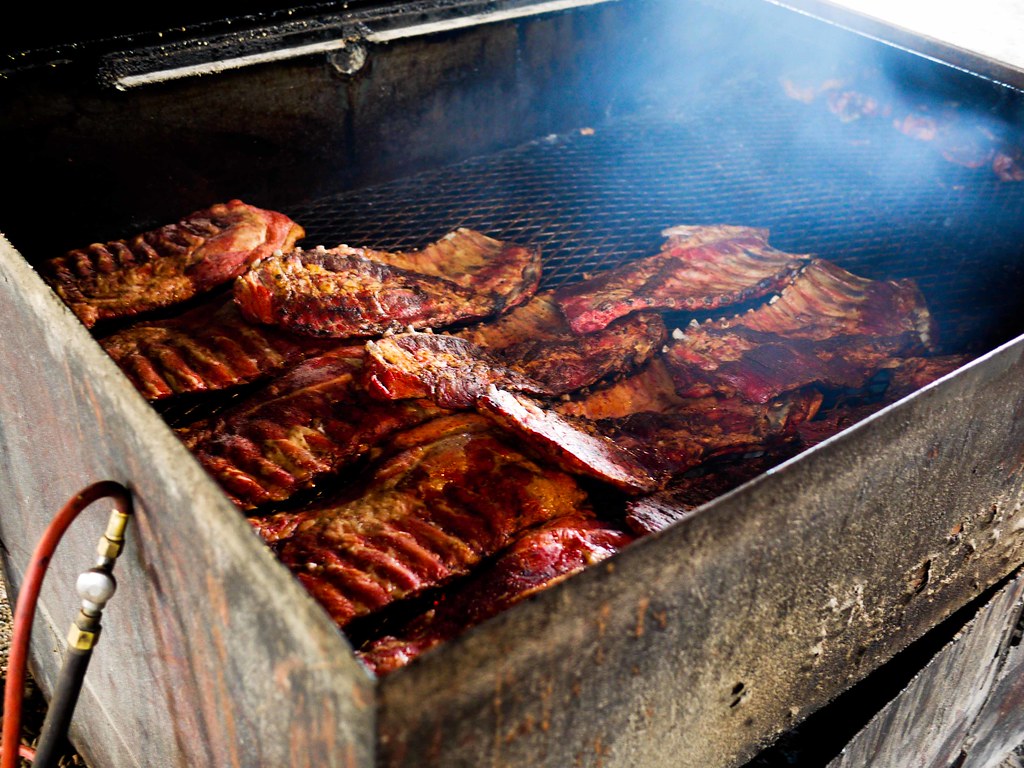
In a state where barbecue borders on religion, Bill Dumas has become one of its most devoted and creative disciples. This isn’t just marketing speak – ask any Texas pitmaster about their craft and you’ll hear reverence that usually gets reserved for discussing family or faith. There is an adage that you should never discuss politics or religion in polite conversation, but you could easily add bringing up barbecue to that list. Barbecue is a religion, especially in Texas.
I think there’s a sense of pride that being from central Texas, like oh, this is barbecue. And it’s kind of– barbecue has always been kind of a special meal, but I feel like at least for me growing up, that was like– that was the big night. That was– if you got to barbecue, you were living like a king. That was a big deal, because it is so labor intensive.
The Future Tastes Even Better
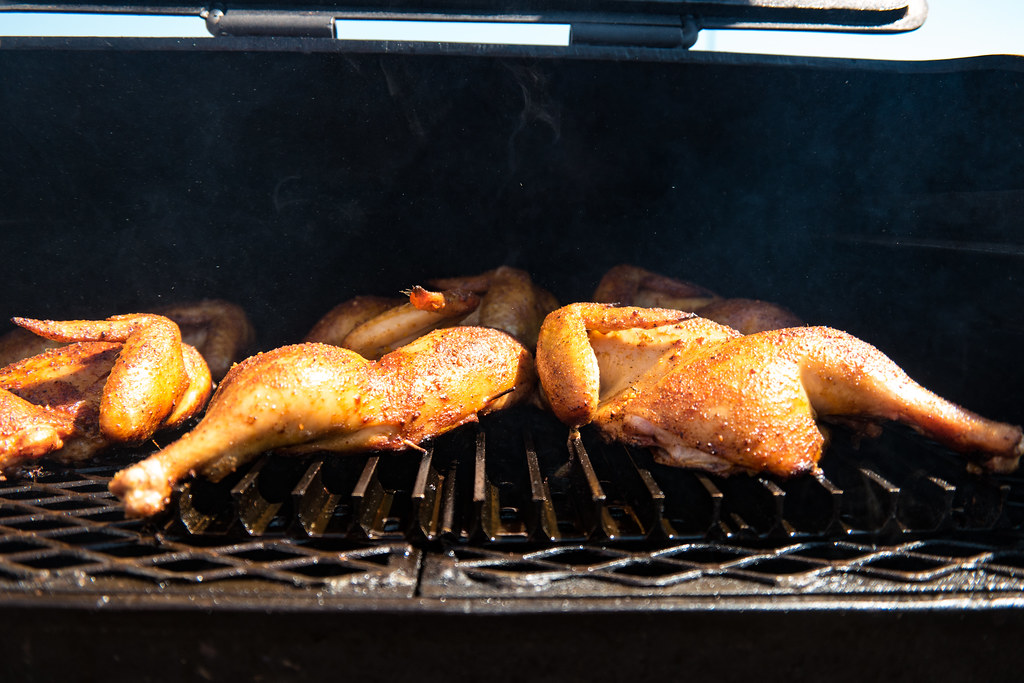
Despite all the tradition and reverence for the past, Texas barbecue keeps evolving. That blank could have been filled by an exquisitely executed old standard like brisket or a pork rib or by new additions to the scene like brisket fried rice, smoked koobideh sausage, and jerk chicken. Lamb, which was a Texas barbecue staple in centuries past, has even made a resurgence. And if the handful of beef cheeks I enjoyed this year is a sign of things to come, brisket might be an afterthought when the 2029 or 2033 list rolls around.
The foundation remains unshakeable – low and slow smoking over oak, minimal sauce, maximum respect for the meat. But the creativity happening within those boundaries suggests that Texas barbecue’s golden age isn’t behind us – it’s happening right now, one perfectly smoked brisket at a time.
Conclusion: More Than Food, It’s Identity
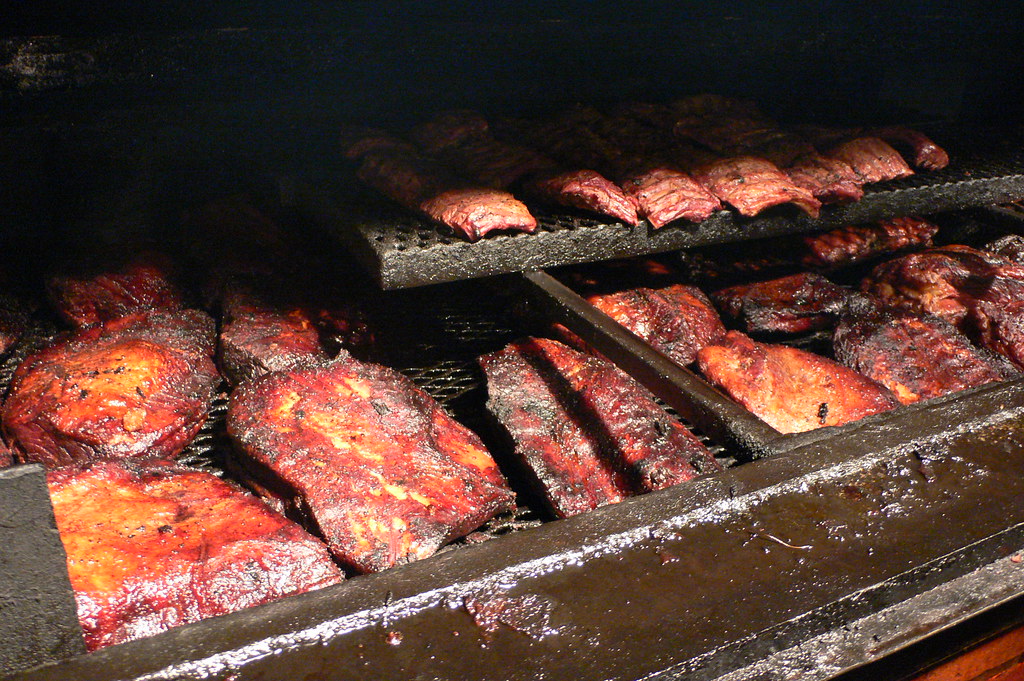
Texas barbecue has transcended mere cuisine and become something approaching the sacred. From immigrant butcher shops to Michelin-starred establishments, from forty-dollar-per-pound brisket to lines that stretch around city blocks, this isn’t just about food – it’s about identity, tradition, and the relentless pursuit of smoky perfection.
The numbers tell part of the story – billions in revenue, hundreds of top-tier joints, millions of devoted followers. But the real story lives in the smoke rings, the perfectly rendered fat, and the way grown adults will wait three hours in line for a sandwich that they could theoretically make at home but never quite will.
In Texas, barbecue isn’t just king – it’s the entire royal family, the castle, and the kingdom all rolled into one perfectly smoked, reverently prepared, and joyfully consumed experience. When the smoke clears and the last bite is savored, one question lingers: isn’t it time you joined the congregation?

